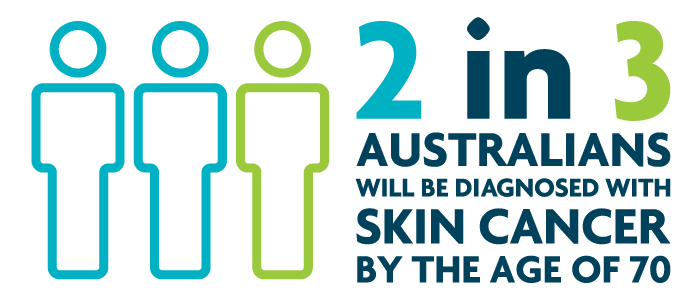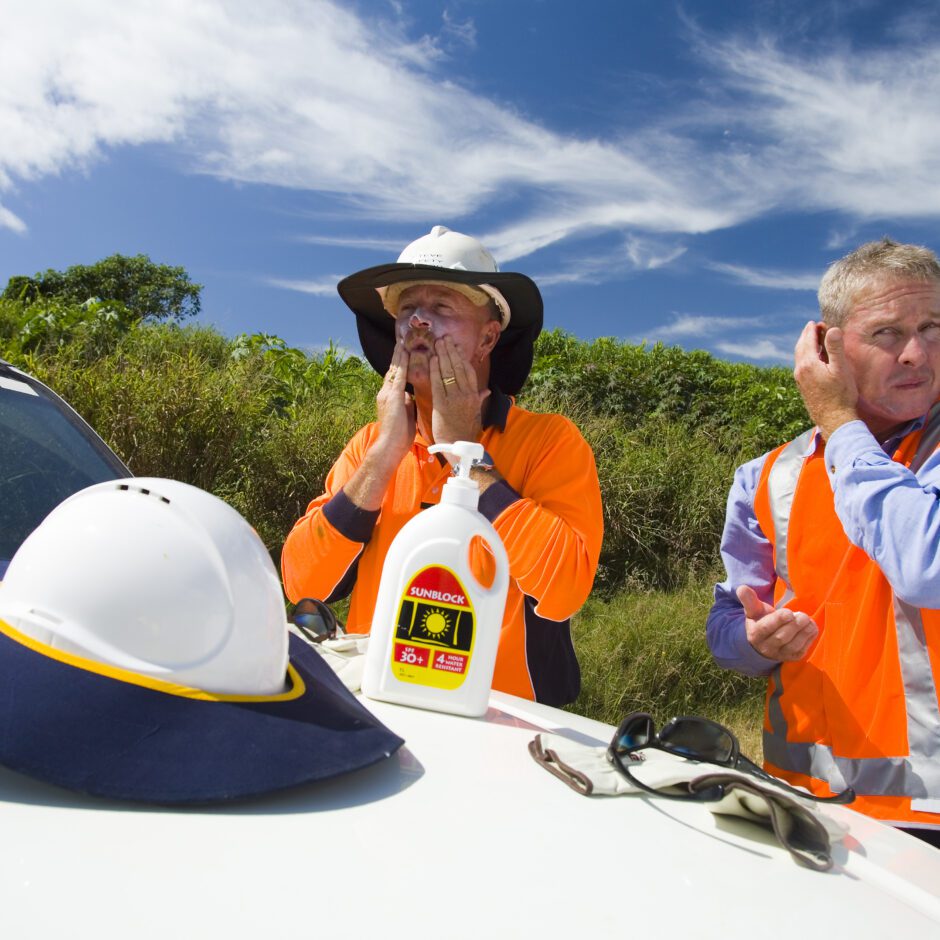
Skin Cancer in Australia
Australia’s geographical position makes it a sunburnt country, but this also means a heightened risk of skin cancer for its residents. It’s reported that 2 in 3 Australians will be diagnosed with skin cancer by the time they turn 70.
Such stark statistics don’t just point to a health crisis; they also allude to the potential impacts on our workforce, productivity, and community.
Slip, Slop, Slap, Seek, Slide
Australia’s sun protection mantra is simple yet effective:
SLIP on sun-protective clothing that covers as much skin as possible.
SLOP on SPF 30 (or higher) broad-spectrum, water-resistant sunscreen.
SLAP on a hat – broad-brim or legionnaire style to protect your face, head, neck, and ears.
SEEK shade and avoid the sun when you can.
SLIDE on sunglasses – make sure they meet Australian Standards.
How Can Businesses Support Sun Safety?
Educate and Inform:
Regularly share resources on the importance of sun safety, the risks of skin cancer, and the Australian guidelines for sun protection. Webinars, seminars, or simple email newsletters can be effective tools.
Equip Your Staff:
If your employees work outdoors or are exposed to the sun during peak hours, provide them with sun-protective gear – hats, sunglasses, and sunscreen.
Structural Changes:
Consider constructing shaded areas for outdoor workers. If possible, adjust work schedules to minimize sun exposure during peak UV radiation times.
Encourage Regular Check-ups:
Promote regular skin checks for early detection. Consider collaborating with dermatologists or skin clinics for annual screenings.
Lead by Example:
Ensure that higher-ups in the company practice and endorse sun safety. When leadership takes it seriously, it sets a tone for the rest of the organization.
Implement a Sun Safety Policy:
Establish a company-wide sun safety policy tailored to the needs of your organization. This policy can outline measures like mandatory breaks during peak sun hours, protocols for outdoor assignments, and provisions for sun-protective gear.
